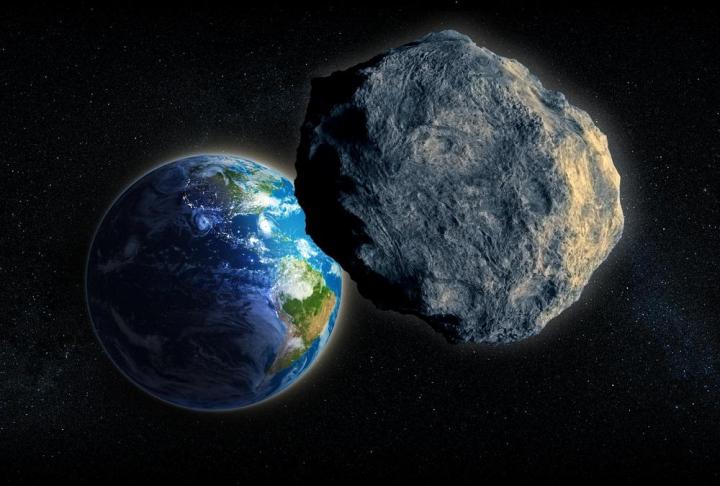
About 1,500 new NEOs are detected every year, with a total of about 13,500 found so far. While chances of a direct hit that causes widespread destruction are pretty minute (about one every thousand years) smaller meteor impacts happen with far greater frequency, about once every five years or so.
“Asteroid detection, tracking and defense of our planet is something that NASA, its interagency partners, and the global community take very seriously,” NASA’s John Grunsfeld says. “While there are no known impact threats at this time, the 2013 Chelyabinsk super-fireball and the recent ‘Halloween Asteroid’ close approach remind us of why we need to remain vigilant and keep our eyes to the sky.”
The office plans to issue warnings for close-by encounters as well as potential impacts as the need arises. It also will work with federal, state, and local emergency management offices on contingency plans should an asteroid strike. One of the PDCO’s key goals is the improved detection of smaller meteors, like the ones that caused the events Grunsfeld speaks of.
Approximately 90 percent of NEOs that are one kilometer or larger have been identified, which is the size that scientists believe is the minimum for widespread extinction events. However, only a quarter of the smaller NEOs are known, and these medium-sized ones can still kill thousands when they hit Earth — the most recent of which is thought to have occurred in Ch’ing-yang, China in 1490. NASA wants to have 90 percent of these asteroids catalogued by 2020.
It is quite possible however, even with NASA’s strengthened commitment to NEOs, that an impact may occur with little or no warning, it admits. While millions more in federal money is set to pour into detection efforts, the science of NEO detection is still in its infancy and by no means perfect.
The NASA Inspector General’s office slammed the agency’s detection work as recently as September 2014, citing a poor organizational structure that lacked “overarching program oversight, objectives and established milestones to track progress.” At that time, it was feared that NASA would miss its 2020 goal for 90 percent detection — but now, with a bigger budget and a purpose-built asteroid detection branch, that goal is looking much more attainable.
Editors' Recommendations
- NASA reveals the best night-sky treats viewable in August
- Mars has a new explorer: NASA’s Perseverance rover lands on the red planet
- NASA successfully scoops up a sample from asteroid Bennu
- NASA’s Perseverance rover has one final review to pass before launch to Mars
- NASA’s newest Deep Space Network antenna will receive laser signals from Mars


